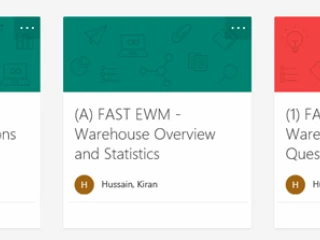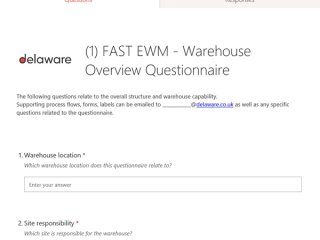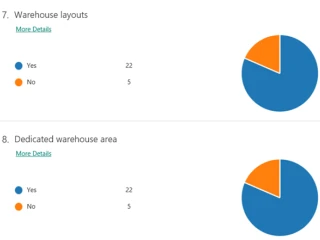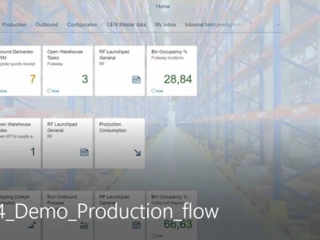
Three ways to accelerate and de-risk Global EWM Deployments
In an ever more challenging and demanding market, time and cost pressures are constantly under scrutiny when discussing EWM global deployments. The term ‘accelerated’ and ‘EWM’ to some, are words that don’t necessarily sit comfortably together. There is also an ever growing demand to de-risk EWM implementations and ensure that system adoption is realised as efficiently as possible. But it’s not all about speed of delivery, managing change is a critical element of this process. You must consider how you engage employees early and ensure that they become proficient with the new technology and new processes fast?
We’ve explored a number of options, based on our experience of global deployments, to find out what the best methods are for changing perception of EWM and for optimising the implementation process.




/Maximising-margins-in-professional-services-720x360-(1).webp?mode=autocrop&w=320&h=240&attachmenthistoryguid=5cc5618a-f55a-4981-afea-f945dbbdd5a1&v=&focusX=231&focusY=156&c=5e7859ec38ba81507042b05497ed568d9c5f0f0ecb883487d4bd9c8ac768b157)
/Predictive_Planning_720x360-(1).webp?mode=autocrop&w=320&h=240&attachmenthistoryguid=3d4fa1bc-b584-4423-b59a-e3f3d9507238&v=&focusX=522&focusY=101&c=e069d433b5f10fb7b3a5fc2ac5f19b7c3475584468cdccf2b6eb02ab637967f0)

/Vision-of-the-manufacturing-future-720x360-(1).webp?mode=autocrop&w=320&h=240&attachmenthistoryguid=b23e2cf0-2c8f-4f34-a6a6-8372475d7011&v=&focusX=435&focusY=209&c=589488c8327755a86ebaf0fd6a4e8441da8830942879fca724b8651749ba84c2)